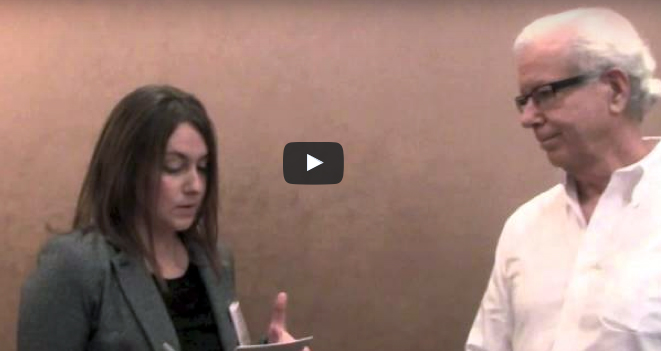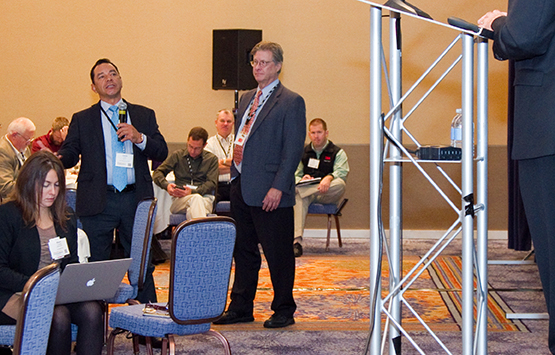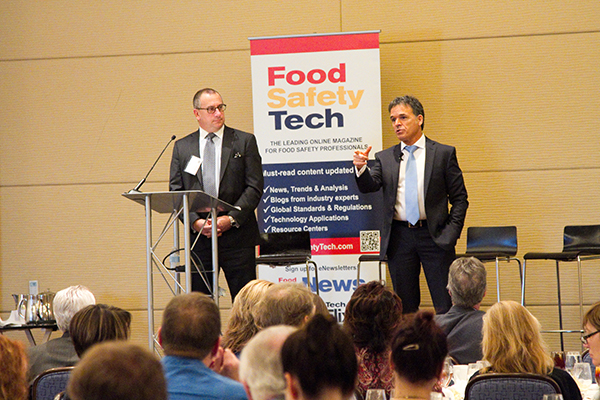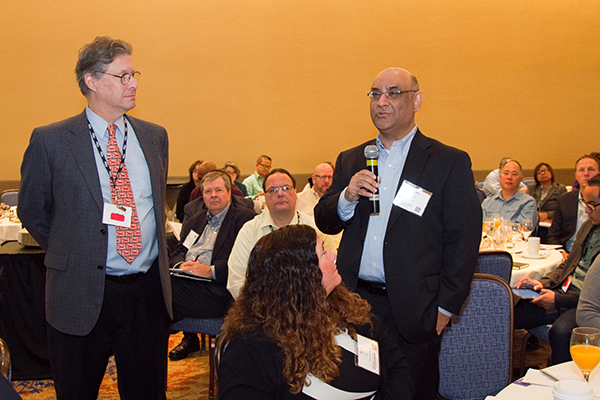“When a flower doesn’t bloom you fix the environment in which it grows, not the flower.” A quote, by Alexander Den Heijer, trainer, speaker, purposologist, that rings true in food safety. When there is a contamination issue in food processing, one must fix the environment in which food is being processed. Safe food is a product of a clean environment.
We have better environmental sampling programs in our food manufacturing plants and processing facilities, and we have sanitation standard operating procedures, so why are we seeing a prevalence of Listeria, and in rising numbers? I recently sat down with Jeff Mitchell, vice president of food safety at Chemstar, about the recent increase in Listeria outbreaks and how you can rid your facility of the dangerous pathogen.
We’re seeing Listeria—in product recalls and outbreaks—over the last couple of years, and in multiple numbers. Why do you think this is happening?

Jeff Mitchell: The distribution of Listeria in the environment has not changed, and the processes that we use for processing food really haven’t changed. What’s changed is the way that we collect data. We have PulseNet now, which gathers information. If someone goes to a medical treatment facility with a foodborne illness, they’re going to investigate that and they’re going to get the whole genome sequencing on the pathogen.
There’s a difference between understanding what transient Listeria is and resident Listeria. I think there are a lot of sanitation efforts being put forth to eliminate the resident populations—those are the populations we’re most concerned about, and they’re the ones that are being related back to a lot of these recalls.
If I have resident Listeria in my facility, why can’t I find it?
Food Safety Tech is organizing a Listeria Detection & Control Workshop, May 31 – June 1, 2016 in St. Paul, MN. LEARN MOREMitchell: Resident populations of Listeria are found in a biofilm—most bacteria aggregate within a biofilm. A biofilm is a survival mode for the bacteria; it protects it from sanitizer penetration. That layer actually masks it from sampling. You could swab a surface or an area and not pick it up, because the biofilm is masking it.
Jeff goes on to discuss the type of sanitation program that companies should have in place to get rid of resident Listeria. You can learn about the steps you need to take in my video interview.

























